Using a Full Spectrum Conversion for Low Light Photography
Author: Alexis Hartman
If you’ve been around here for a while, you already know about full spectrum conversions. But if you’re new here, I’ll give you a brief rundown. A full spectrum conversion is a special camera modification that allows your camera to see and record the full spectrum of light, from UV to infrared. This works by removing the internal UV/IR cut hot mirror filter that is fixated on top of your camera’s sensor. A full spectrum conversion replaces this filter with a clear piece of glass so that UV and IR light are able to pass through, along with visible light.
Most often, people will use an external filter on their full spectrum camera to narrow down the light that’s able to reach the sensor, allowing them to shoot in one specific wavelength. However, you can also shoot without a filter for maximum light sensitivity.
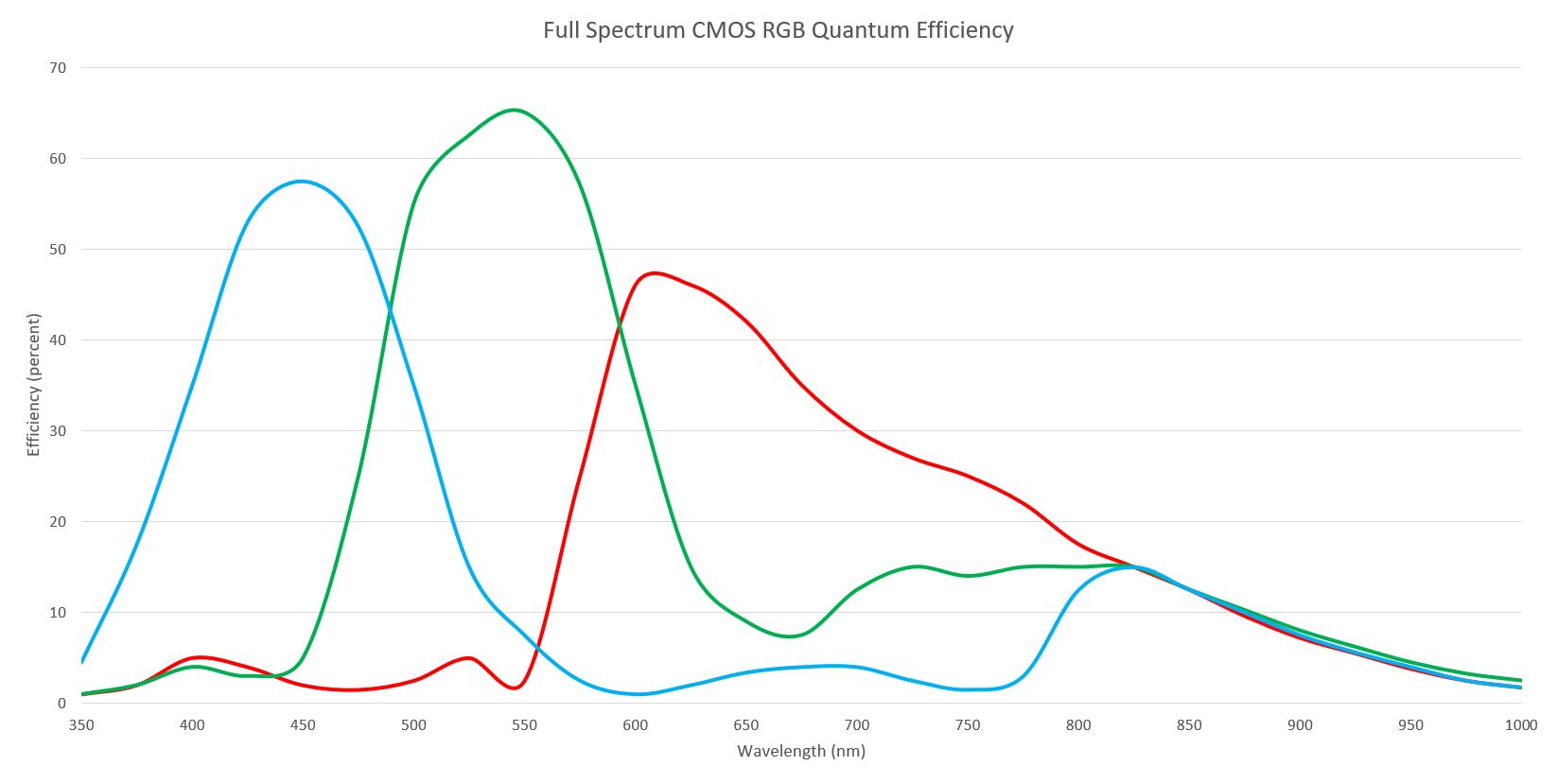
When shooting at night or in low light conditions, a full spectrum conversion can do wonders. All you need is an infrared or UV light source like the KV-FL1 flash or one of our IR or UV flashlights. These lighting sources only emit light outside the visible spectrum, meaning they are invisible to the human eye, but your full spectrum camera will still be able to pick it up.
An unfiltered full spectrum converted camera has a 2-stop gain in exposure compared to a stock camera. The ability to capture a wider range of light also means you don’t have to push your ISO as far to get an image in low light settings. Additionally, a lower ISO helps to reduce noise and graininess, which is often associated with many low light photos.
Take a look at the difference in these photos:
Full spectrum can also be great for video, especially in pitch-black scenarios! In our potato camera documentary, we used a full spectrum Canon R5 and a couple of IR flashlights to film the darkroom scenes. None of us could see what we were doing in the dark basement, but the camera was able to capture it all.
See how the footage turned out:
If you’re wanting to capture low light scenes without flooding them with extra light, a full spectrum camera is definitely the way to go. The increased light sensitivity and noise reduction mean that you can likely push your full spectrum camera past the limits of your standard low light camera performance. Head to our shop to order your conversion now.
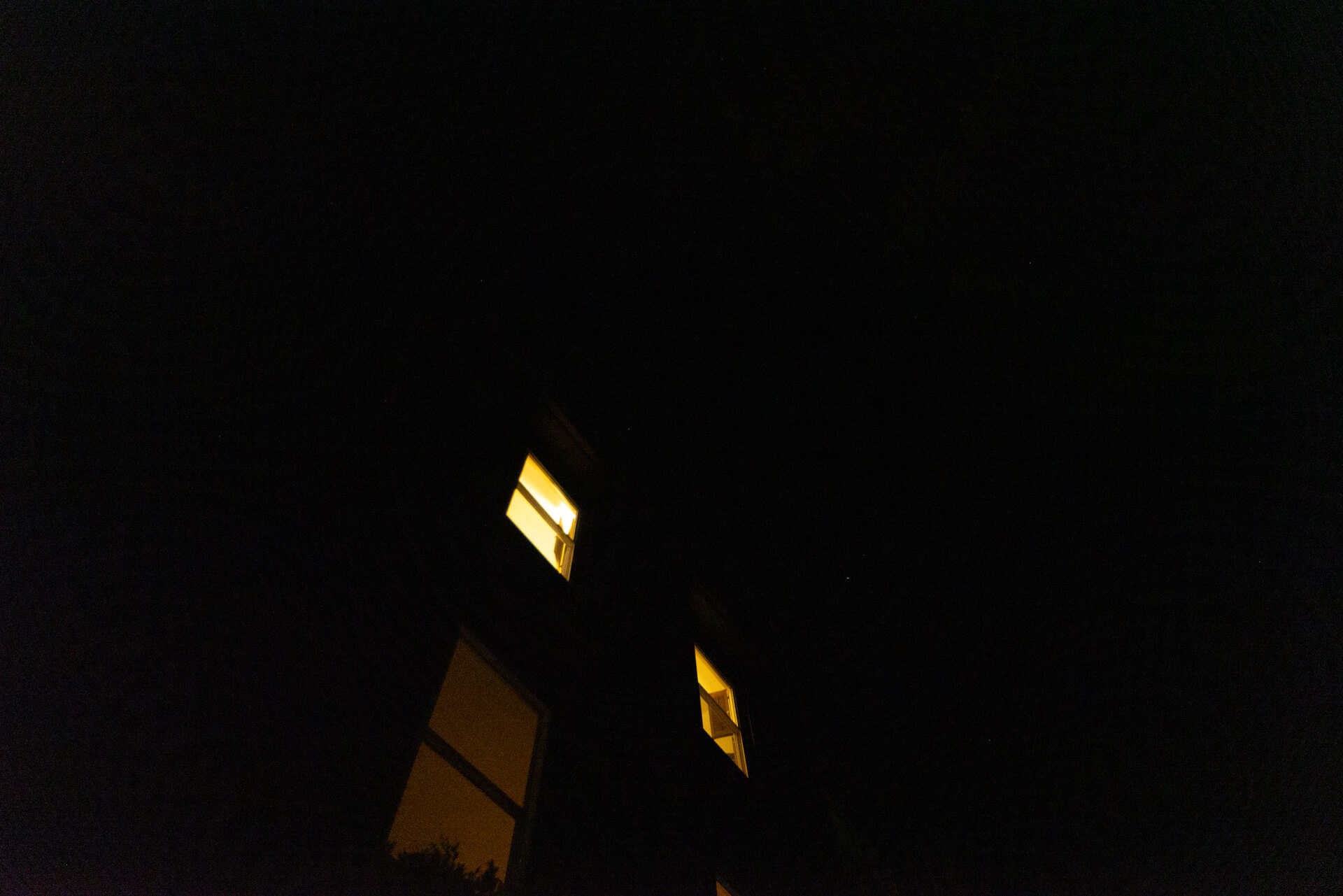
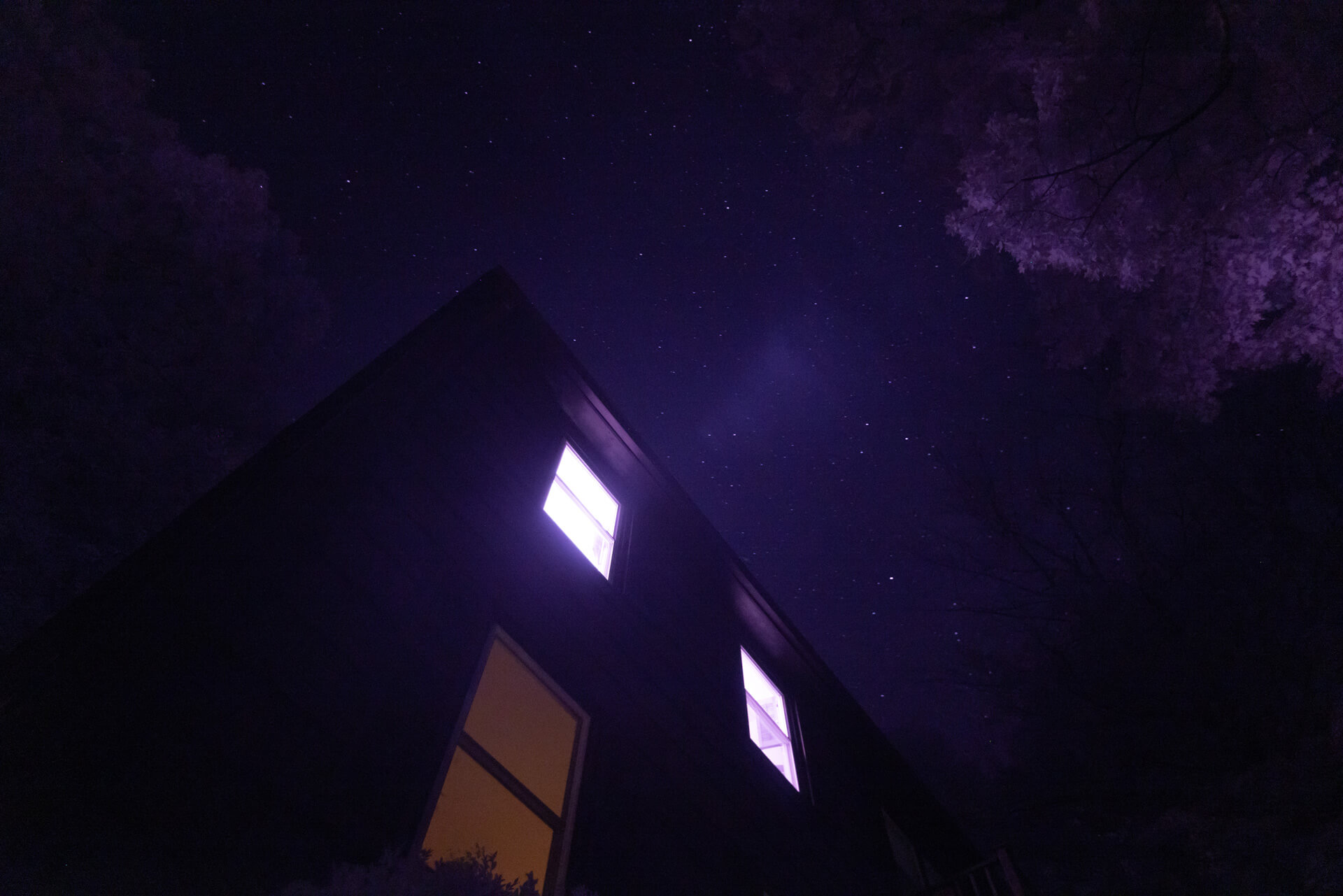
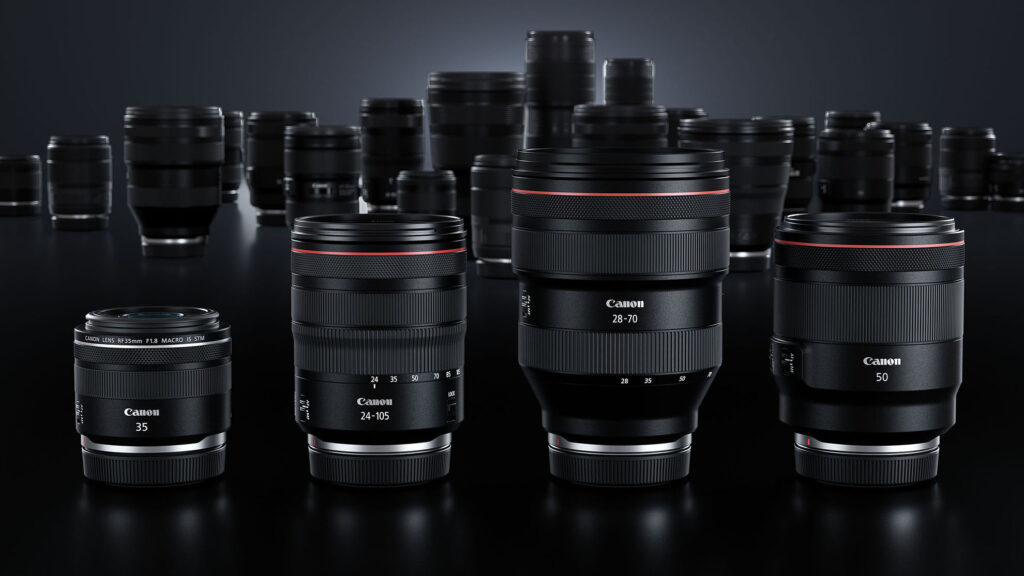
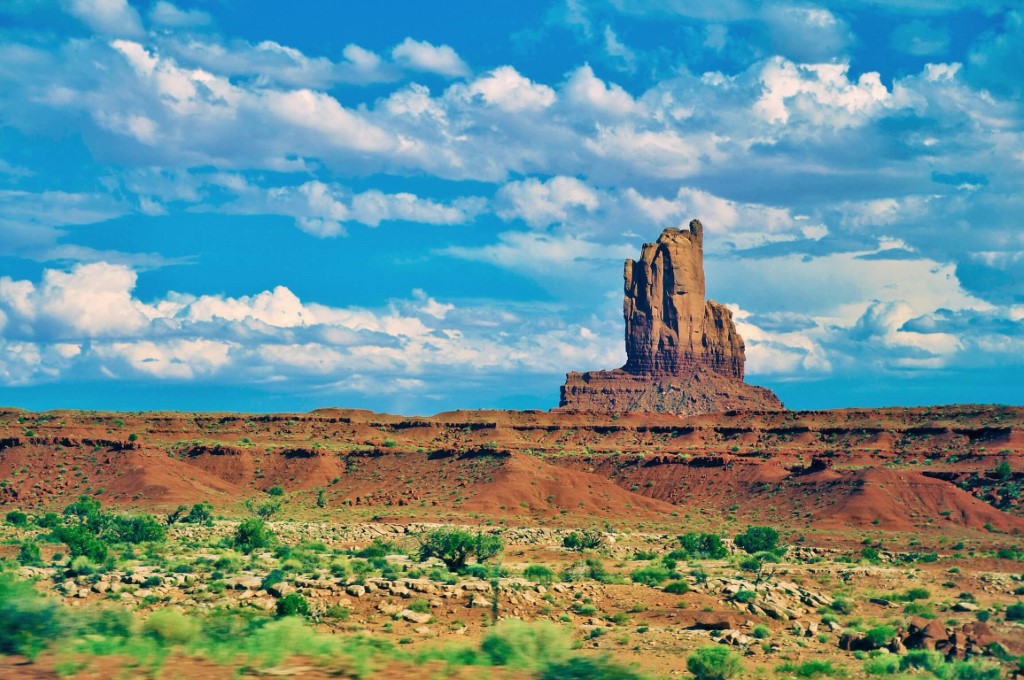
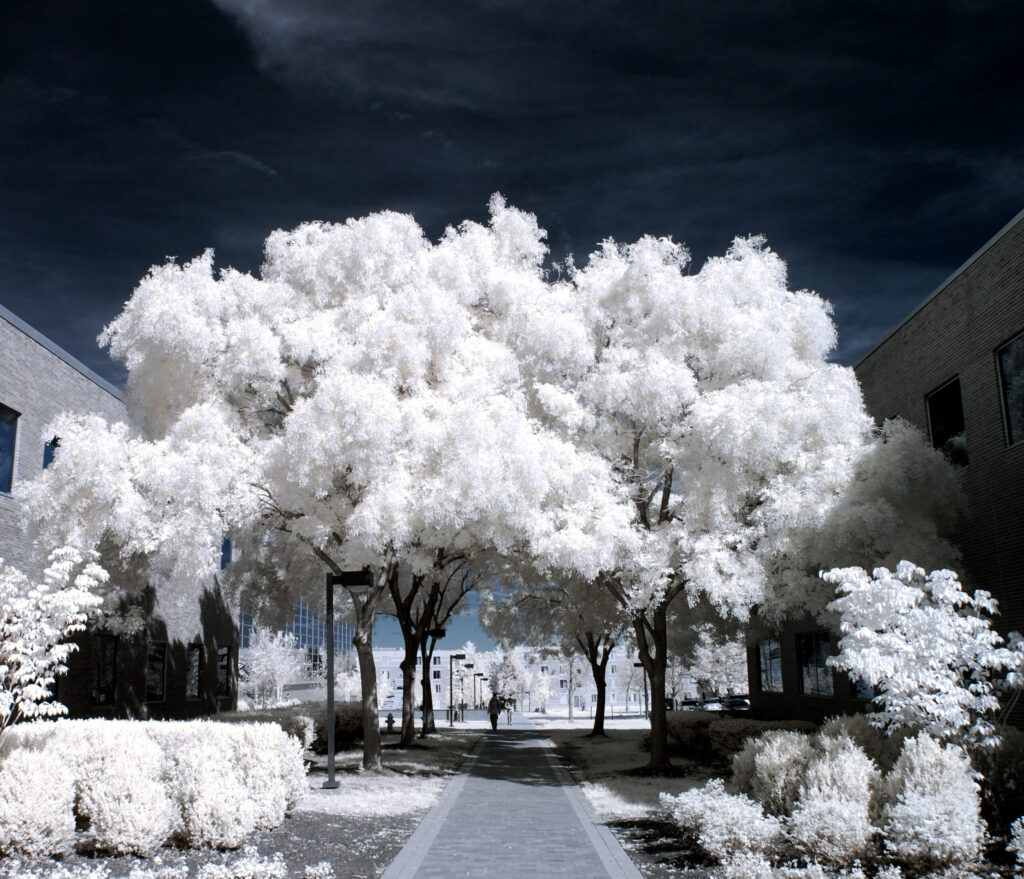
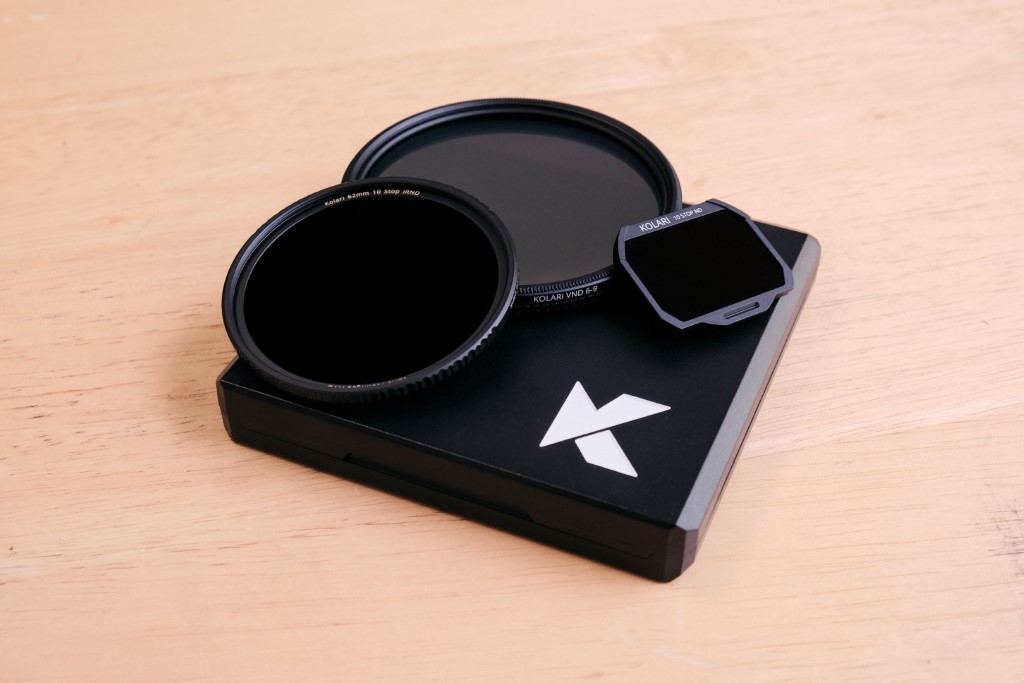

One Response
Your potato is not a potato (Solanum tuberosum). It is a batata (Ipomoea batatas).